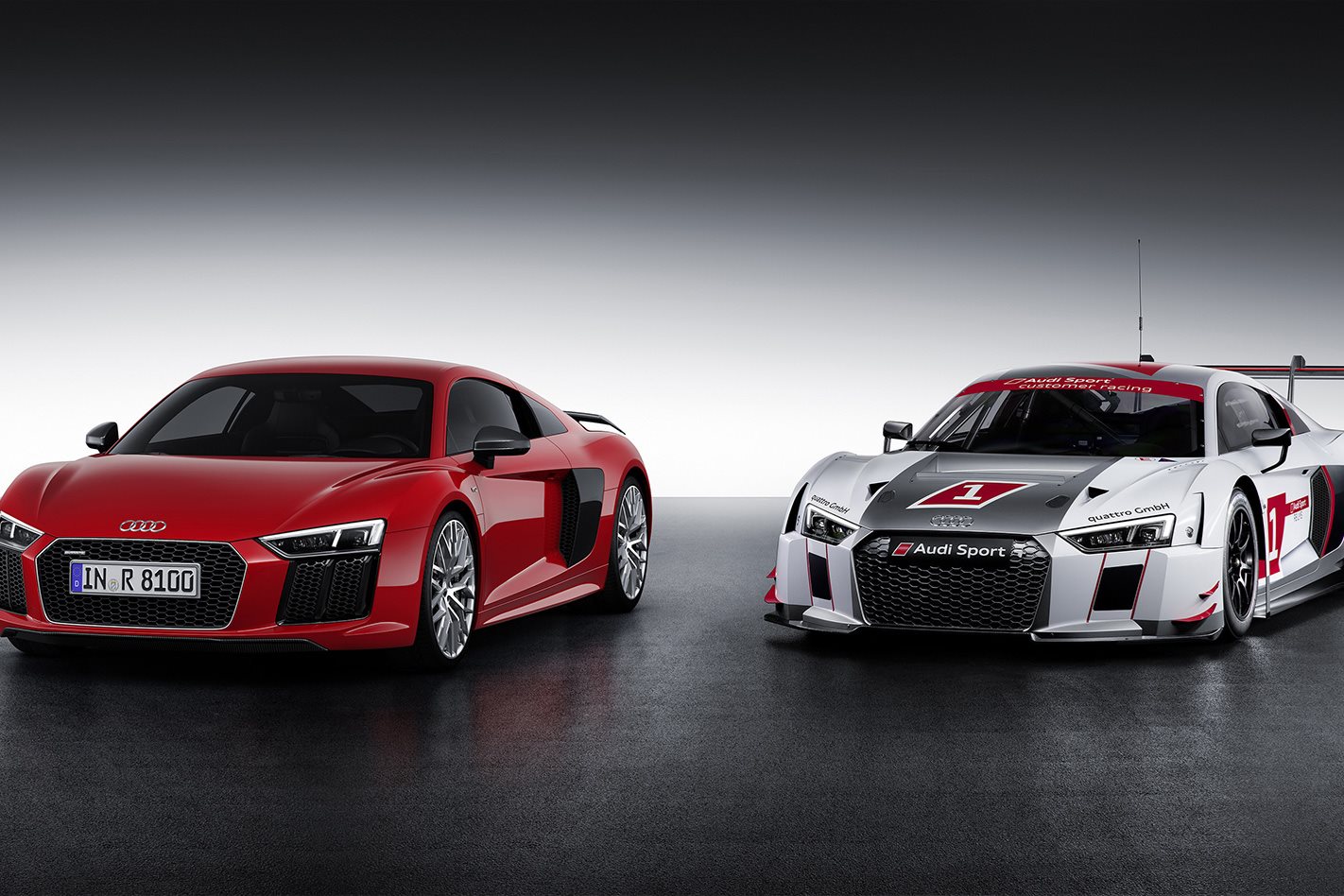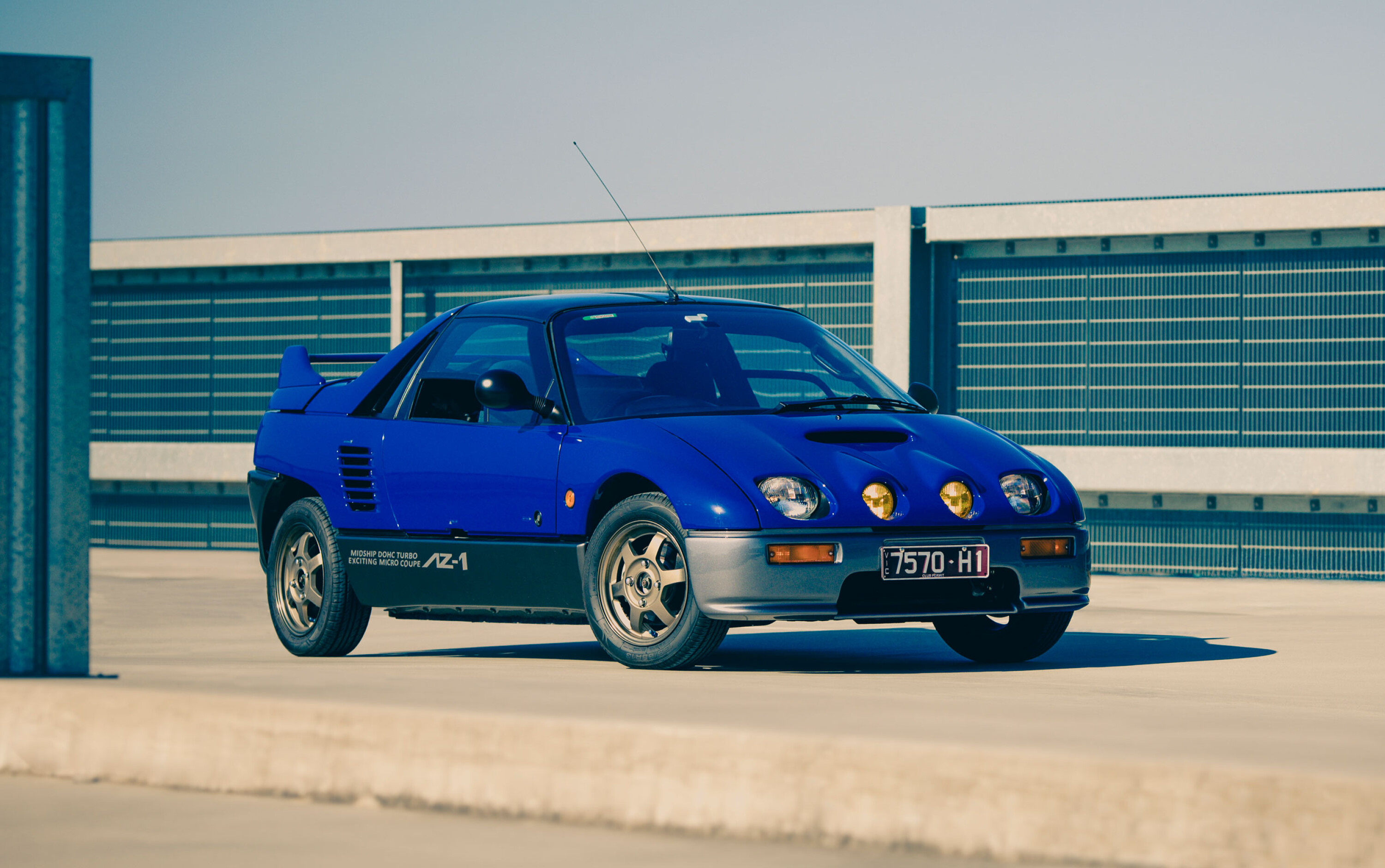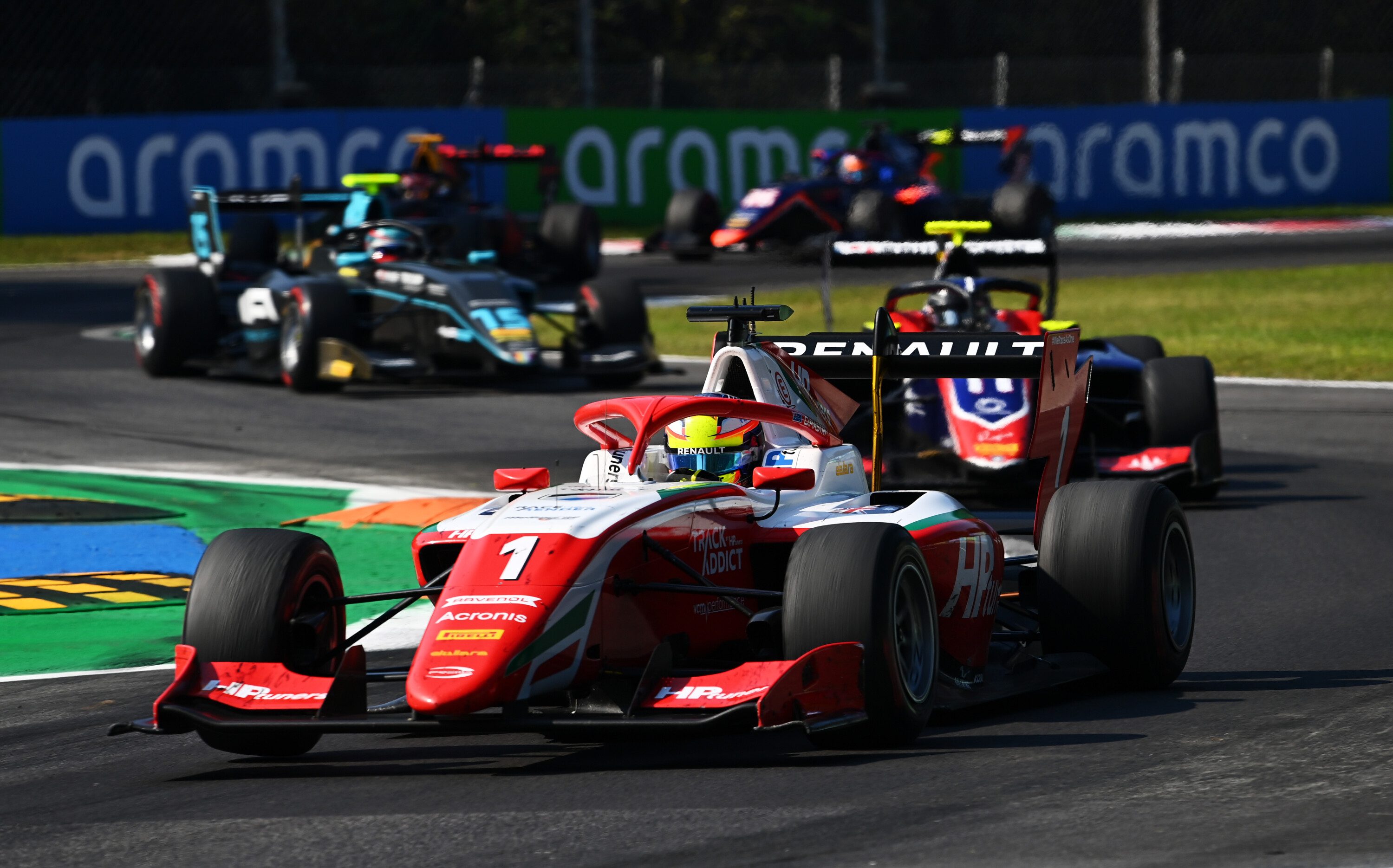MODERN RACE cars have a reputation for being about as closely related to their road-bound equivalents as Politicians and the truth.
Categories like the World Rally Championship and our own domestic Supercars are filled with cars that look like road registered vehicles, but share little, if any, DNA.
GT3 racing is bucking that trend, championing the idea that the cars filling the grids share the same backbone and heart as the road versions with which they share an outward likeness.
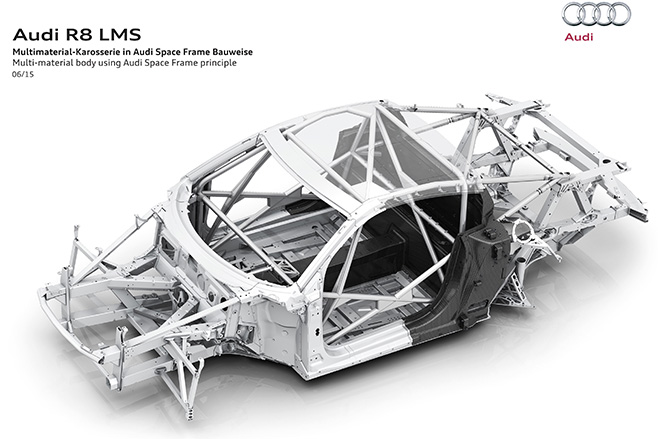
Both cars start life on the same production line, with their base chassis being built in a new manufacturing facility at the Böllinger Höfe industrial park in Heilbronn. The GT3 chassis is fitted with aluminium cast joints and a steel roll cage, but is otherwise identical to the road car.
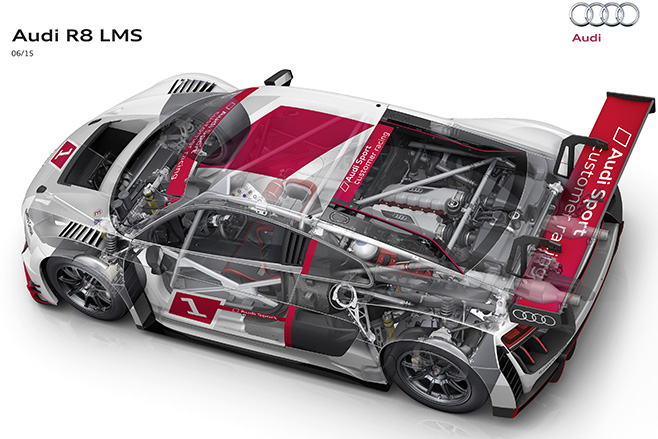
Audi boasts it uses production parts in the R8 LMS wherever possible. The major changes for the GT3 racer are the loss of all-wheel drive, the addition of wishbone suspension and carbonfibre bodywork, and a different six-speed gearbox. A stripped-out interior, bigger brakes, slick tyres, and racing aero complete the transformation to a vehicle capable of racing for 24 hours non-stop.
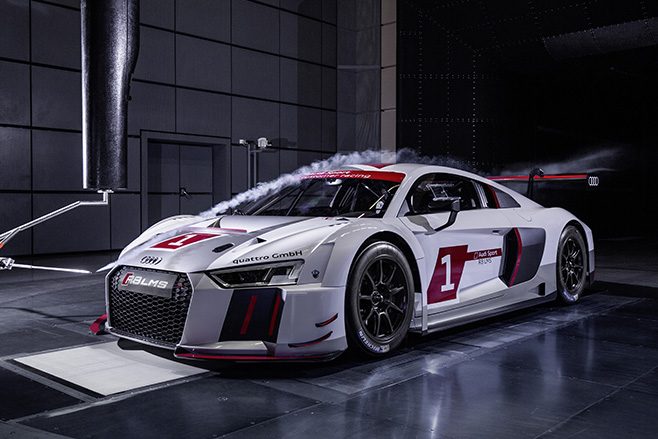
It is also invigorating manufacturers to return to the crucible of motorsport, allowing them to display their road engineering on the biggest tracks across the globe.
Sure, we can’t all go out and buy an Audi R8, but the win on Monday, sell on Sunday mantra is back – and the racing is bloody brilliant to boot.


